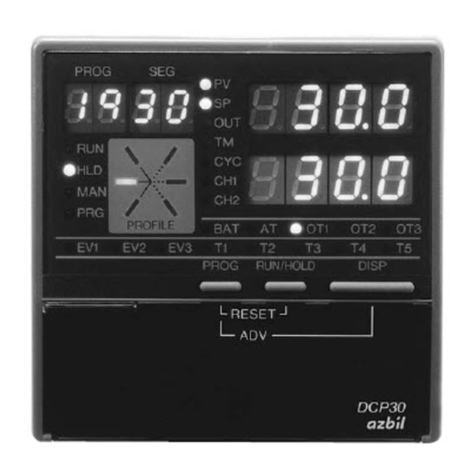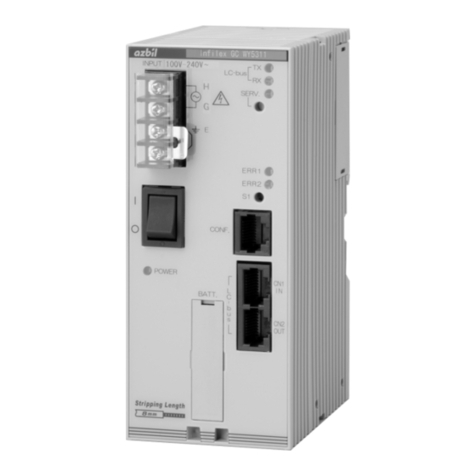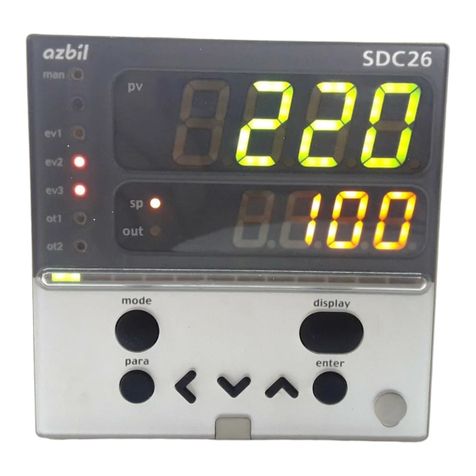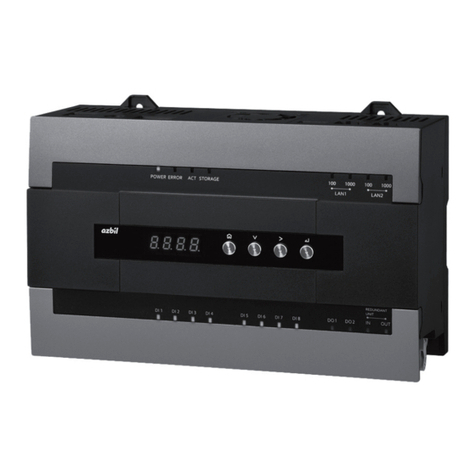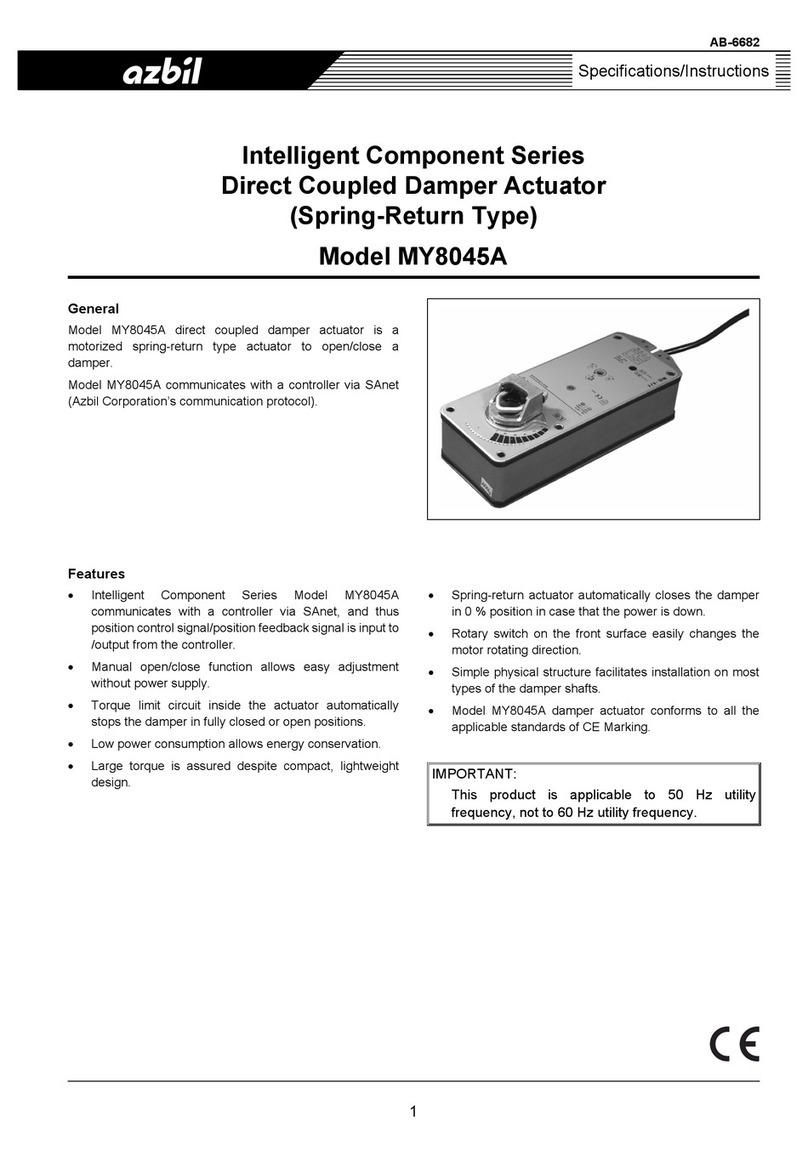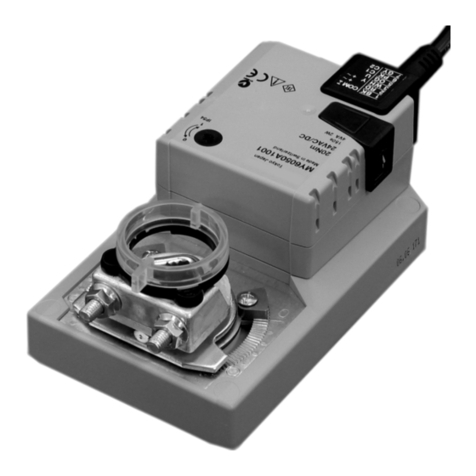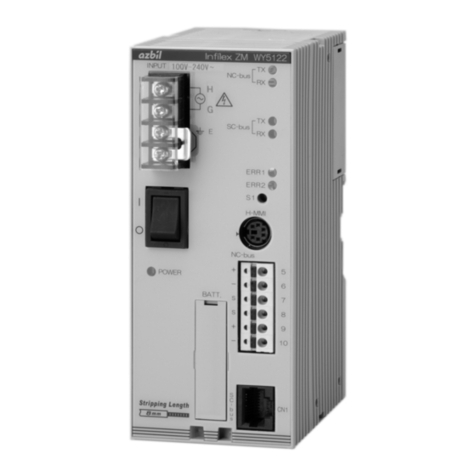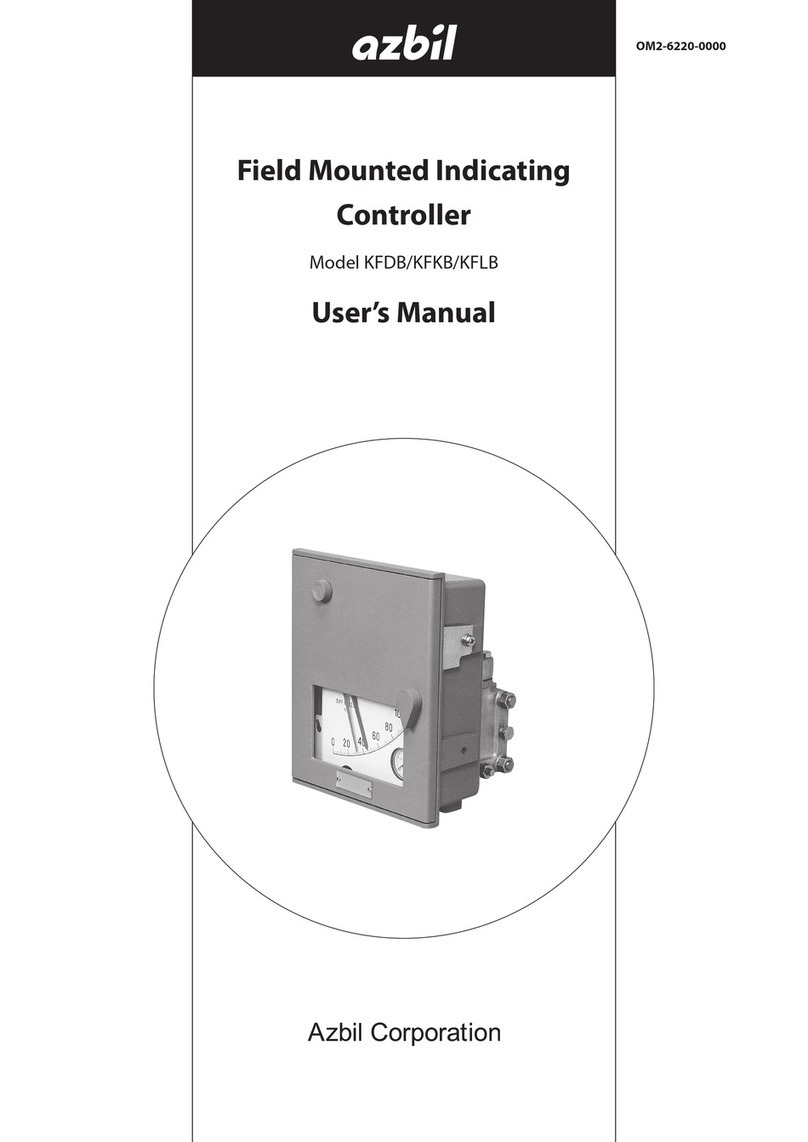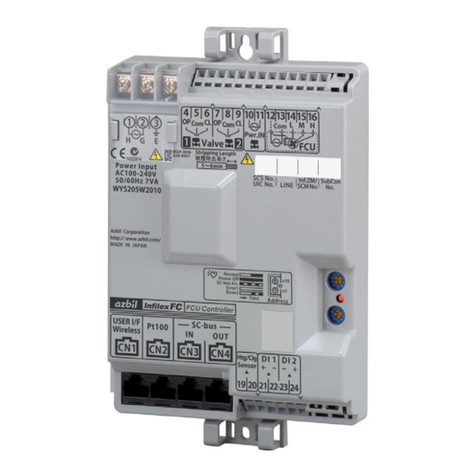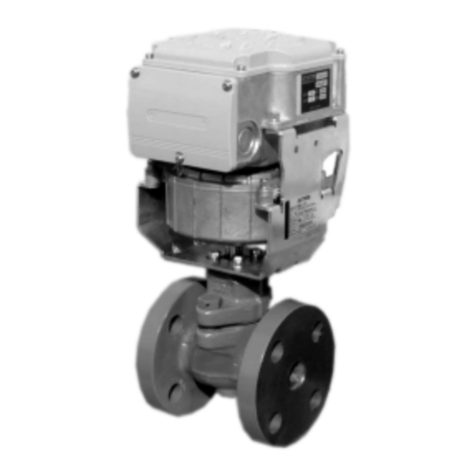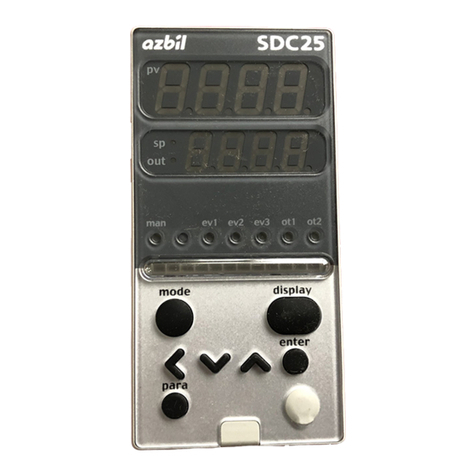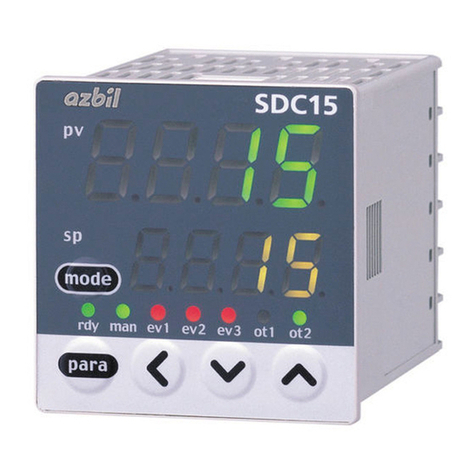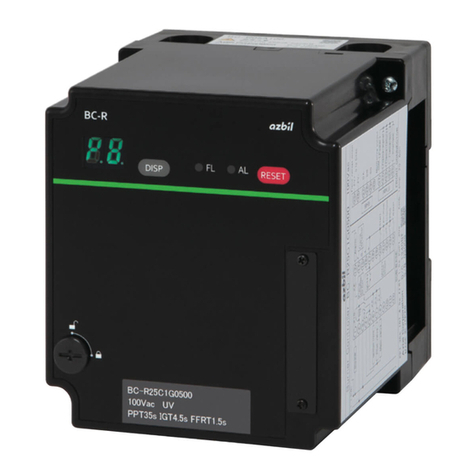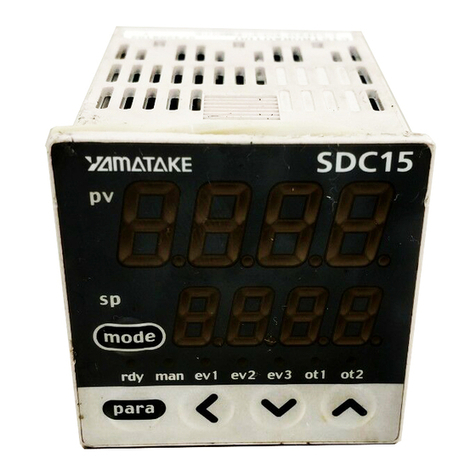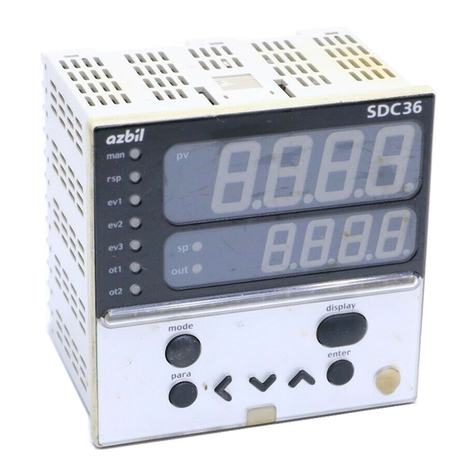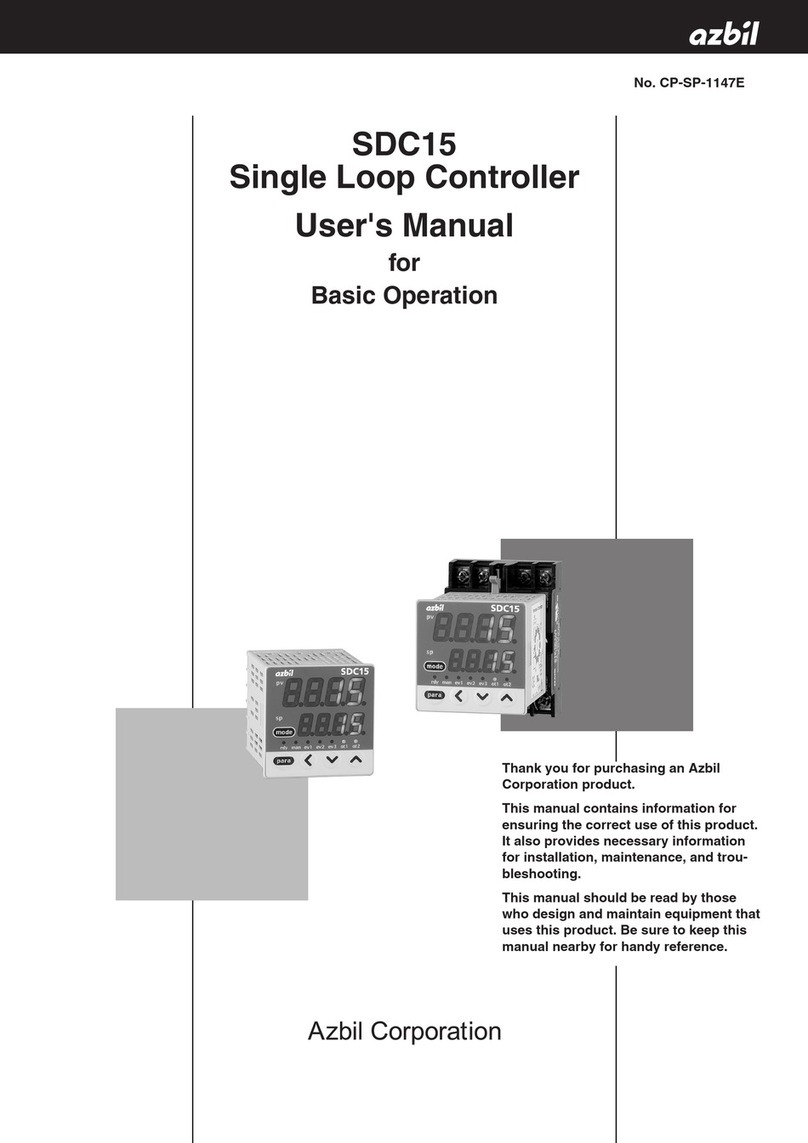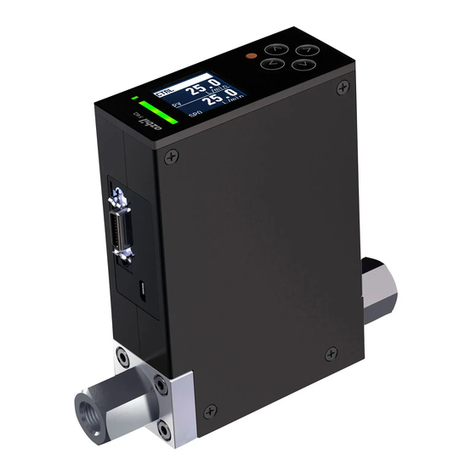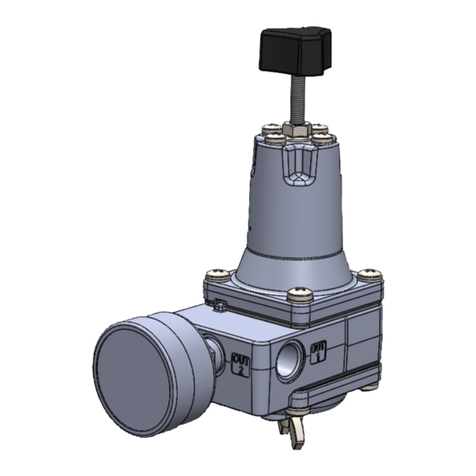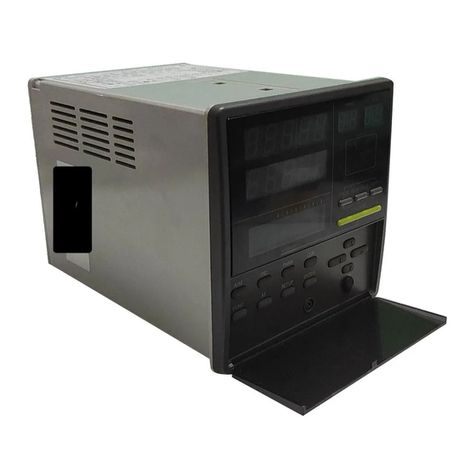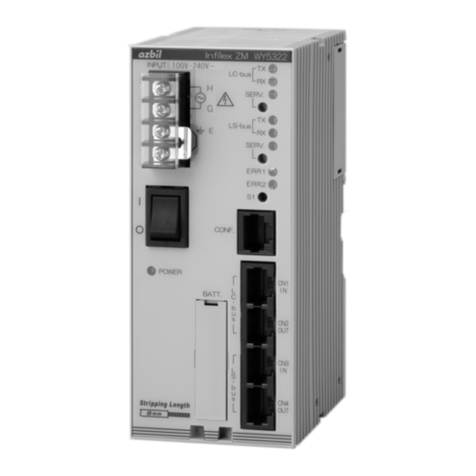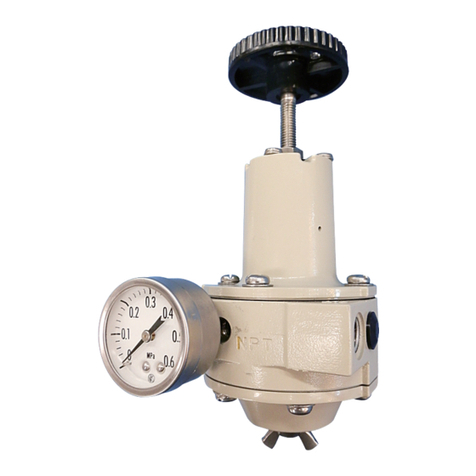
Table of Contents
1: Description
1-1: General.............................................................................................................. 1
1-2: Structure ........................................................................................................... 1
1-3: Specifications................................................................................................... 2
1-3-1: Common specifications.............................................................................................. 2
1-3-2: Specifications of pressure element............................................................................ 3
1-3-3: Specifications of temperature element ...................................................................... 3
1-3-4: Specifications of accessories..................................................................................... 4
2: Indicating controller section
2-1: General.............................................................................................................. 5
2-2: Descriptions of mechanisms .......................................................................... 5
2-2-1: Deviation generating mechanism .............................................................................. 5
2-2-2: Control mechanism.................................................................................................... 6
2-2-3: Manual controller unit ................................................................................................ 9
2-2-4: Pneumatic signal receiver unit (set point pointer)...................................................... 10
2-2-5: Batch switch unit ........................................................................................................ 10
3: Installation
3-1: Air piping .......................................................................................................... 11
3-2: Connection method ......................................................................................... 11
3-3: Pressure element............................................................................................. 12
3-4: Temperature element....................................................................................... 13
4: Operation
4-1: Preparations for operation.............................................................................. 15
4-2: Pressure control .............................................................................................. 15
4-2-1: For liquid or gas measurement .................................................................................. 15
4-2-2: For steam measurement............................................................................................ 16
4-3: Manual operation ............................................................................................. 18
4-4: Automatic operation ........................................................................................ 18
4-5: Unusing the rate action................................................................................... 19
4-6: Setting of batch switch.................................................................................... 19
5: Calibration and adjustment
5-1: Deviation generating mechanism................................................................... 20
5-2: Controller mechanism ..................................................................................... 21
5-2-1: Balance adjustment for controller proportional band ................................................. 21
5-2-2: Calibration of reset and rate units.............................................................................. 22
5-2-3: Other calibration and adjustment procedures............................................................ 24
5-3: Adjustment of set point indication................................................................. 28
5-4: Transmitter unit................................................................................................ 29
